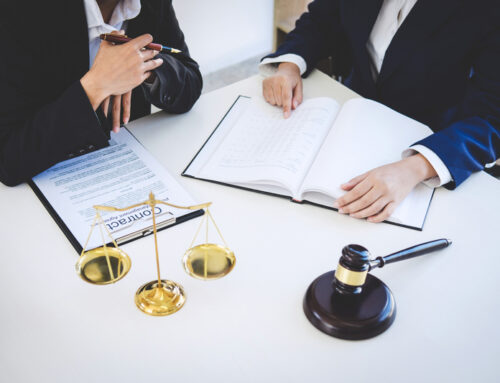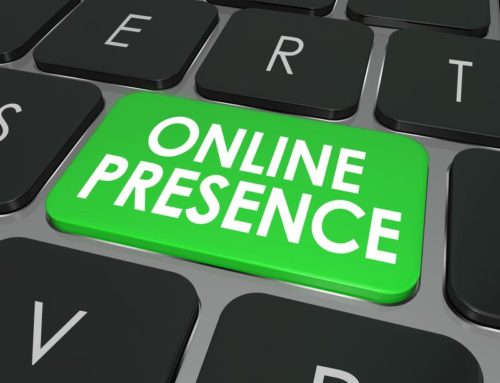The concept of fair use, codified at 17 U.S.C. §107, is one of the most important and widely discussed topics in copyright law, and perhaps one of most widely misunderstood as well. The Supreme Court has described the concept of copyright as the engine of free expression. That being true, I would extend the metaphor to say that the concept of fair use is the oil that keeps the engine running when the friction of free speech is introduced.
More precisely, the fair use doctrine allows limited use of copyrighted material without permission or payment for purposes such as criticism, comment, news reporting, teaching (including multiple copies for classroom use), scholarship, or research. In determining whether a particular instance of using copyrighted material falls within the scope of fair use, four factors are typically considered:
1) Purpose and character – How will you be using the work? For example educational/nonprofit vs commercial uses;
2) Nature – Is your usage transformative in nature? Are you changing the original works’ purpose or message?;
3) Amount – How much of the work are you using compared to its entire length?;
4) Effect – What impact does your usage have on potential markets for the original work? If there is no market harm then it’s more likely that your usage would be deemed fair.
It should also be noted that while these four factors are used by courts when evaluating cases involving questions about  fair use rights they do not serve as hard-and-fast rules. Ultimately each case must be evaluated based on its own facts and circumstances. For example, in Acuff v. Rose, the Supreme Court minimized the fourth factor’s emphasis on commerciality in its analysis of 2 Live Crew’s derivative of Roy Orbison’s famous ditty, Oh Pretty Woman, on the grounds that it transformed the banal original into social commentary.
fair use rights they do not serve as hard-and-fast rules. Ultimately each case must be evaluated based on its own facts and circumstances. For example, in Acuff v. Rose, the Supreme Court minimized the fourth factor’s emphasis on commerciality in its analysis of 2 Live Crew’s derivative of Roy Orbison’s famous ditty, Oh Pretty Woman, on the grounds that it transformed the banal original into social commentary.
Although some people view the fair use doctrine as a “loophole” allowing them to get away with pirating content without consequence, this misunderstanding could not be farther from the truth! To be sure, using fair use is NOT a personal right, but rather is an affirmative defense. Instead of being a given, the concept allows a trier of fact to balance the incentive established by the Constitution’s Progress Clause for the benefit of authors and inventors against society’s rights of free speech as guaranteed by the Bill of Rights. So, infringing upon someone else’s copyright can still result in serious legal action even if an individual believes their actions constitute “fair use” under U.S Copyright Law..
A copyright concept that is closely related to the fair use doctrine is the doctrine of “merger.” The concept of merger applies when two or more works are so closely related that they can only be expressed in one way and therefore cannot be separated from each other. In such cases, it may be impossible for someone else to create their own version of the work without infringing on the original author’s copyright because there is no way for them to differentiate between the two expressions. For example, if an artist creates a unique painting that combines several recognizable elements into one cohesive image – then any subsequent attempts at copying this image would likely fall under copyright infringement due to its uniqueness and lack of separability from the original creation!
The purpose behind the merger doctrine is simple: it protects creators who have invested significant time and effort into creating something unique by preventing later creators from simply replicating their original work. While some people may see this as unfair – it ultimately serves an important role in protecting authors’ rights over their creations while simultaneously incentivizing creativity since creators know that their babies won’t simply be copied. All in all, understanding how both fair use and copyright merger doctrines apply within U.S. Copyright Law can help defend the property rights of the creators and protect those who would copy them against potential legal action.
As a prescription, it is always best practice to obtain permission from any authors whose works you intend to utilize before taking advantage of this exception so that everyone involved knows exactly what rights they have over their respective creations!






